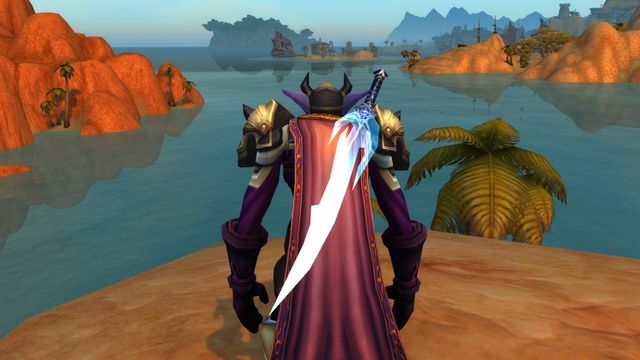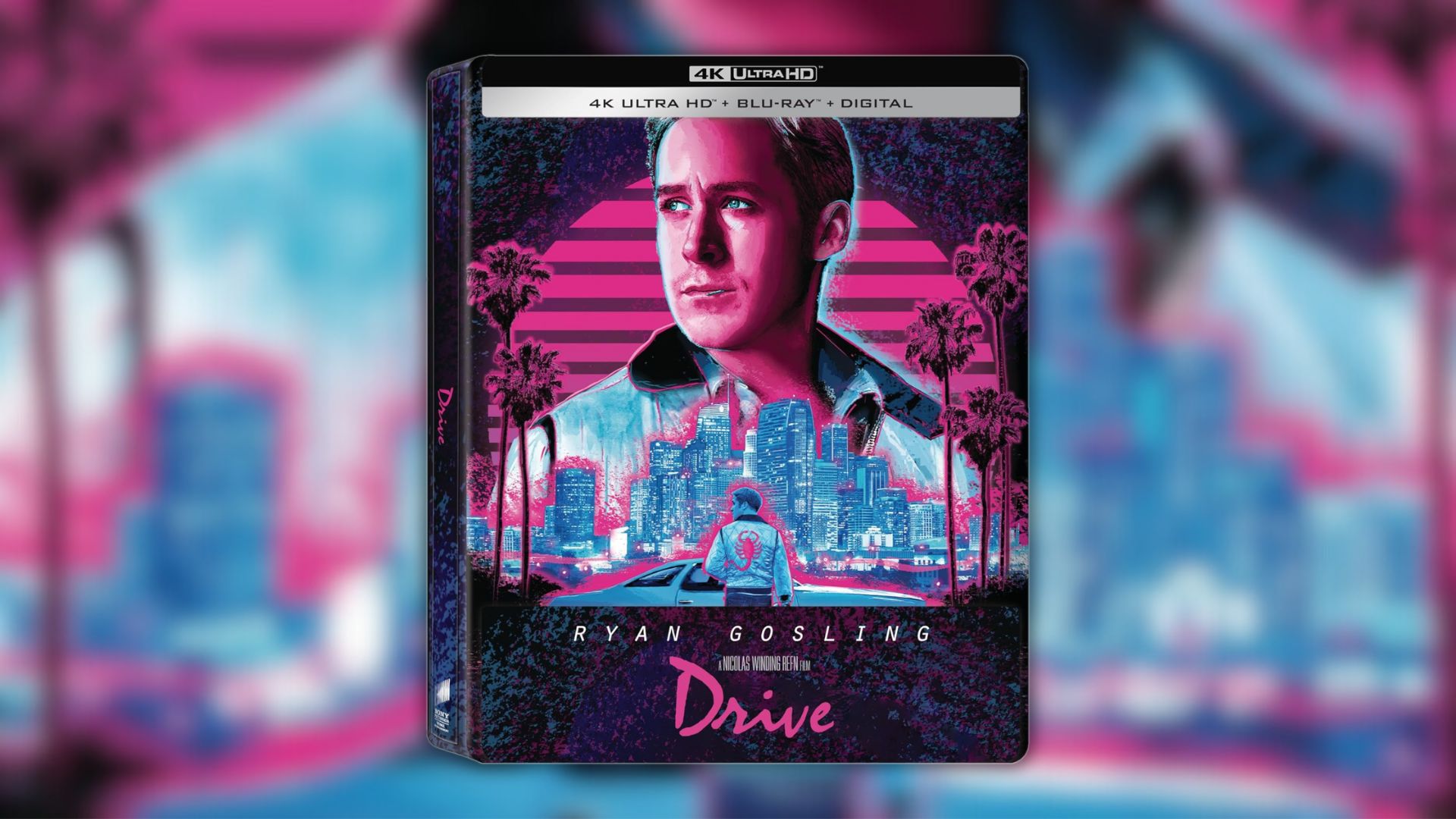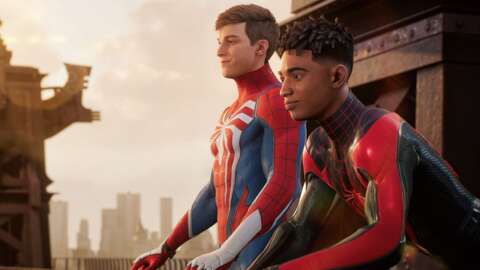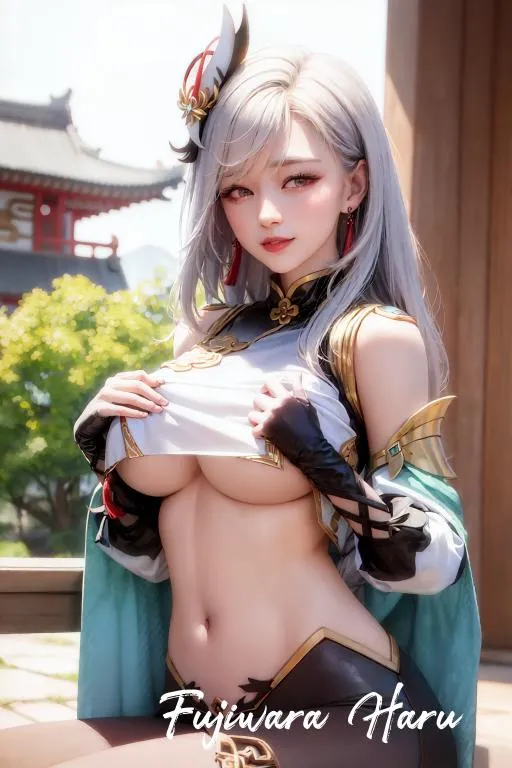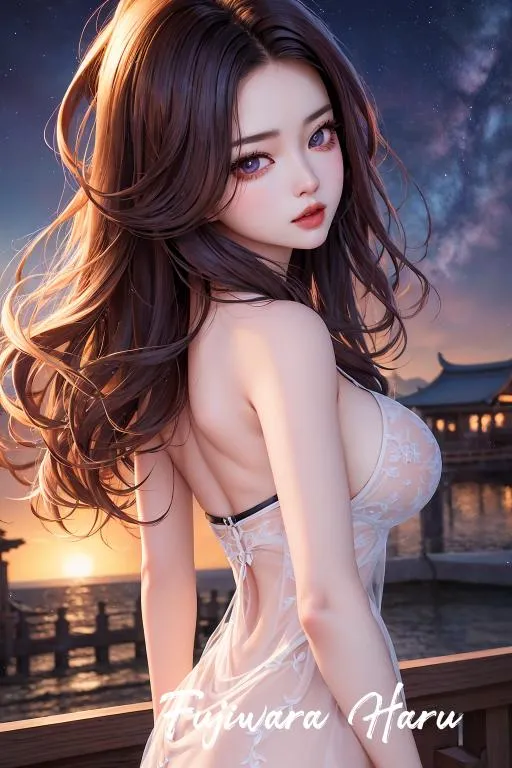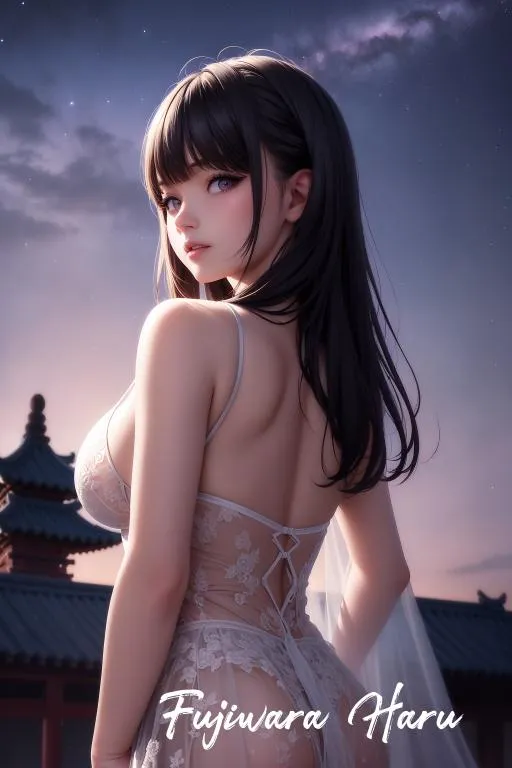Teenage Mutant Ninja Turtles: The Last Ronin revealed the dark future of the TMNT universe, delivering a dystopian, cyberpunk version of New York City where Michelangelo, the sole surviving Turtle, is hellbent on earning revenge for the deaths of his brothers. Michelangelo’s story may have ended in the final issue of the original series, but the Last Ronin saga is hardly finished. There’s new hope for this dark world in the form of four new Turtles ready to carry on the legacy of their predecessors. That’s where the sequel TMNT: The Last Ronin II - Re-Evolution comes in.
Creating four new Turtles is no easy task, considering how iconic the originals have become over the past four decades. That’s why we were eager to talk to artist Ben Bishop. Bishop was tasked with designing the look of these new characters, first introducing them in the pages of TMNT: The Last Ronin - The Lost Years and now continuing their story in Re-Evolution. What was it like creating a whole new batch of Ninja Turtles? How do these characters differ from the originals? Read on to find out more.
Joining the Last Ronin Team
It’s almost funny to think that Bishop has been tasked with such a major responsibility when he wasn’t even originally a part of the Last Ronin creative team. When the book originally launched in 2020, the artists included TMNT co-creator Kevin Eastman and Andy Kuhn. However, as Bishop explains, delays and production issues behind the scenes led to Eastman reaching out to Bishop to join the team.
“Because of COVID and several other factors, things fell behind and they needed another artist to kind of take a little bit off of Andy's plate. So Kevin had the idea of switching up artists for the flashback scenes,” Bishop tells IGN. “I was like, ‘Yeah, well if you need any help, let me know,’ and it was a joke, because I was incredibly busy. I'm still in the middle of my Aggregate book sequel and we're still in the middle of Drawing Blood, and basically, with some thought and consideration, Kevin said, ‘All right, Ben's going to be one of the artists on this.’ And then, Andy ended up completely dropping out, and it became me and the Escorza brothers, as well as Kevin, of course.”
Though Bishop wound up being tasked with drawing the epilogue scene that introduces the four baby Turtles, he wasn’t necessarily planning a sequel at the time. That only came later, when he was recruited to join the follow-up series Lost Years and became more deeply involved in the expansion of the Last Ronin franchise.
“The first I started hearing about [a sequel], honestly, wasn't until after we finished,” Bishop says. “We were really focused on just making that the best book it could be, and then you get to that epilogue and the last few pages where you see there might be some new Turtles in the mix and you're like, ‘Wait. What are we doing?’ It's been really fun shooting concepts back and forth with Kevin and Tom about what they’re thinking. And then, I'll have some thought and they'll go, ‘Oh, yeah. Maybe.’ But just to be part of that conversation now, from the start with Book 2, is pretty cool.”
Designing the New Turtles
They may be both mutants and teenagers, but there’s no mistaking the new generation of Turtles for the originals. Yi, Uno, Odyn and Moja (with each character’s name being the word “one” in a different language) are nothing if not visually distinct. They eschew the color-coded bandanas of their predecessors and each sport a much more reptilian appearance. Bishop confirms that he and Eastman made a point of studying reptile anatomy in order to create a new quartet who truly look like humanoid turtles.
“That was one of the big things that Kevin did,” Bishop says. “He had compiled all these real turtle photos and everything he thought was interesting and cool about various different turtles and species of turtles, colors and sizes, and things like that. They weren't sure or even thinking they wanted them to inevitably wear bandanas or anything like that. It's like you can't really pick four better colors than red, blue, orange, and purple anyway.”
Bishop continues, “We were thinking, ‘How do we make them distinctive?’ And turtles are so wildly different anyway, that we landed on making sure that those silhouettes are different. They're different sizes, recognizable immediately, their colors are different, they have a certain roundness or a certain spikiness. Everything was on the table, which is, again, part of why it was so fun to sit down and draw 12 different designs, and then what those 12 turtles might've looked like as babies.”
The new Turtles may not wear bandanas, but each does have distinct coloration that helps set them apart. Gone are the days of the early, black and white TMNT comics, where the four leads were practically indistinguishable outside of the weapons they carried. Bishop explains that he and colorist Luis Antonio Delgado focused a great deal on skin tones and patterns to help give each character a unique look and personality.
“As far as I knew Uno had the stripe, and so, I was thinking, ‘Okay, what color could that stripe be?’ And I knew Yi had her patterns on her face and her arms and legs and whatnot, but really I wanted Luis - who's been the colorist since the beginning of Last Ronin and all throughout Lost Years, so that's just a huge, huge part of why that book is so good - I wanted him to just have no limits as far as what he might imagine as soon as he sees that.
Bishop continues, “And so, originally, in my black and white and gray sketches of Yi, for example, her patterning on her face and on her arms was actually darker than whatever her skin was. I just kind of filled it in with a lighter gray, to show that there's pattern there, and it always trips me up when I look back at that stuff, because Luis had the idea to switch it, so she had kind of dark green skin with yellow highlights, and I think it was a great choice. And I just leave that color stuff to him most of the time.”
Another key difference between the new Turtles and the originals is that it’s no longer a group of four brothers. The new family makeup is two brothers and two sisters. Bishop told us that he put a lot of thought into how exactly to depict female Ninja Turtles while avoiding some of the mistakes the franchise has made in the past.
“The one thing I knew I didn't want to do when you're talking about female Turtles, is some of what they did with Venus de Milo, which is turtle boobs on the front shell. And I was just like, ‘It wouldn't be like that,’” Bishop says. “And so, if I'm thinking about the genders at all, there might be somewhat of a softness to the way I would draw Yi, again, with really smooth lines, and curvy kind of muscles and stuff. Whereas Odyn might be more jagged and scaly, but that doesn't make it male or female, it's just kind of that hard edge or soft edge to their personalities.”
As for how the art is being divided in The Last Ronin II, Bishop tells IGN that he’ll again be drawing the recurring flashback sequences in the series, with Isaac and Esau Escorza handling the present-day sections of the book. These flashbacks will shed further light on the early years of the new Turtles, but we may even see some scenes that flash back to the late Michelangelo and his family.
“It'll go back to the original team, just like on Last Ronin, and we'll have our original roles,” Bishop says. “Whereas, in Last Ronin Book 1, a lot of my flashbacks dealt with the deaths - those crazy sad scenes. We may see some expansion on those time periods. But we're also going to see some expansion on some of the new Turtles stuff that we may not have seen in Lost Years to further expand on what they're all about, how they grew up. Because we saw them in Lost Years, there was only four pages an issue, and each issue took place three years apart. So we got these kind of snapshots of how they're growing and how they're changing and how they're learning to be a team.”
How TMNT Inspired Drawing Blood
In addition to working on The Last Ronin books, Bishop is drawing another TMNT-adjacent project that fans might find particularly compelling. Drawing Blood is another collaboration with Eastman, one inspired by Eastman’s own life and career. Co-written by Eastman and David Avallone and also featuring art from Troy Little, the series deals with a fictional yet clearly Eastman-esque comic book creator struggling with the painful aftermath of becoming an overnight sensation in the ‘80s.
“Technically, it's the fictional true story — which makes no sense —of how the Turtles were created,” Bishop says. “So it's this character named Shane Bookman, and way back in the day, Shane and his brother, Paul, created the Radically Rearranged Ronin Ragdolls, who are samurai cats named after famous anime directors - Miyazaki, Tozuka, Otomo. And so, throughout that series, it's the creator now… after everything that's happened, whether it's cartoons, movies, TV, toys, trying to kind of find his inspiration again and his spark for creating comics and things like that. And all the while, he's haunted by these scenes that kind of splice in with the different art style by Troy Little.”
Bishop continues, “So if you're picturing live action, and then suddenly Space Jam characters or Roger Rabbit, the cats, his own creations kind of torment him throughout the series, like, "Why did you let us go? You sold us?," blah, blah, blah. And it's very, very personal and dramatic about the life of a comic book artist, and why they do what they do and how torturous it can be. And a lot of personal things from David Avallone's life, Kevin's life, and then I can't help but put in stuff from my own, when I'm reading those scripts and drawing those pages. And so, it's a really heavy story, but Turtle fans will eat it up. And the Ragdolls also have their own company and topic, but all of that will be coming out, the volume one [trade paperback], which is the first four issues, will be coming out this year through Image.”
Drawing Blood Vol. 2 has already been crowdfunded on Kickstarter, and Bishop confirms that the next four issues should begin arriving soon, with he and Eastman hard at work on the series in between new issues of The Last Ronin II. It’s been a busy year for TMNT fans, and there’s plenty more yet to look forward to.
Some quotes have been edited for clarity.
For more on the current TMNT franchise, find out how the Turtles originally conquered Hollywood in 1990, and check out our full breakdown of the ending to Mutant Mayhem.
Jesse is a mild-mannered staff writer for IGN. Allow him to lend a machete to your intellectual thicket by following @jschedeen on Twitter.
